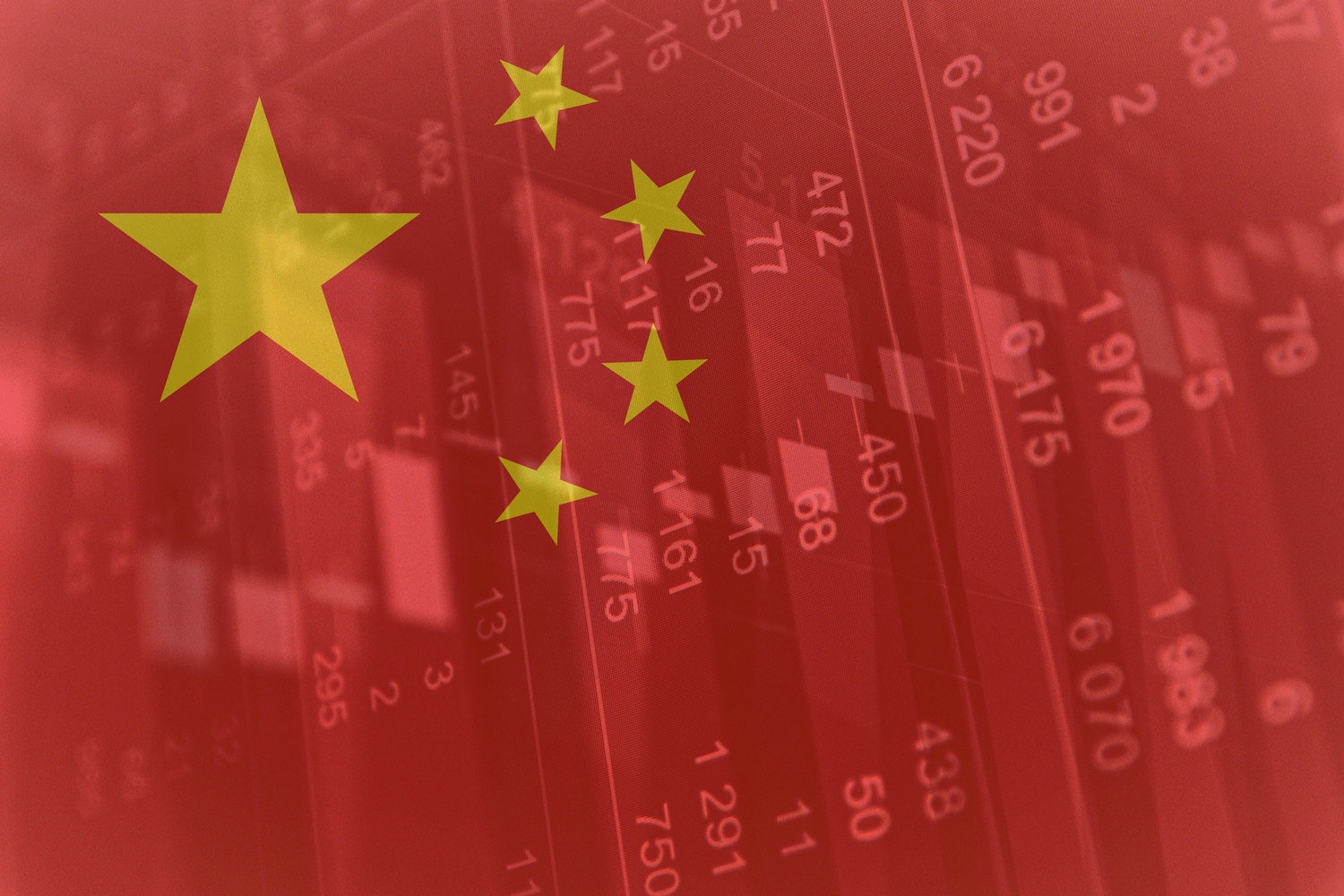by Dr. Brian Jacobsen, CFA, CFP®, Wells Fargo Asset Management
Morgan Stanley Capital International (MSCI) announced that it will include 222 China A Large Capitalization stocks (A-shares) in the MSCI Emerging Markets Index. Many see the inclusion as a win for the Beijing government, which has been trying to open up its capital markets, after four years of discussion with MSCI. Is it a win for investors? The answer may be less about index inclusion and more about understanding which Chinese investment themes offer potential.
Another step in China’s path to opening its markets
While MSCI’s inclusion of China’s A-shares may be a positive development for increasing access to foreign investors, China has been making strides in opening its markets for some time.
MSCI has not been excluding Chinese securities from its Emerging Market Index. Rather, their representation has primarily been via H-shares, which are shares of Chinese companies listed in Hong Kong. The A-share market represents companies that list their securities in Shanghai and Shenzhen and have actually been available to institutional investors in gradually increasing amounts since 2002.
Prior to MSCI including the small fraction of A-shares, China made up 27.96% of the MSCI Emerging Markets index, which was not an insignificant portion. Going forward, that percentage will be almost 29%. That’s not a huge change.
Many investors have anticipated this inclusion. In May, there was a big increase in overseas investment flowing into A-shares via the Hong Kong-Shanghai and Hong Kong-Shenzhen connect systems that allow non-Chinese investors to access the A-shares market.
Index inclusion: Not an automatic path to China’s opportunities
It’s worth noting that the full value of China’s 222 A-share firms will not be included in the index, as MSCI is using a 5% “inclusion factor,” meaning that only 5% of the stocks’ market capitalizations will be included. Therefore, this represents a baby-step into A-shares for those who track the MSCI Emerging Market Index. To get more than just a nibble of these companies would require a more active approach to investing in China.
Over the next few years, MSCI is likely going to increase both the number of A-shares and the inclusion factor, to give China a larger weight of the emerging market index. MSCI will manage this in a staggered fashion, beginning in June 2018. This means that A-shares will face a long runway to inclusion, and that only a small percentage of firms—and a small percentage of their value—will be included in the MSCI Emerging Market Index, initially.
Some estimates suggest that nearly $2 trillion is indexed to MSCI’s index, but many managers whose funds are benchmarked against the index already could invest in the A-shares. It’s such a small amount, and not officially happening for another year, that this probably won’t move the needle on the value of these stocks. Those investors who think this move by MSCI will suddenly give them more access to China’s market through index-tracking portfolios will likely be disappointed.
Should investors care about A-shares?
I’m optimistic about the outlook for China’s equity markets, but it’s not because of this move by MSCI. If anything, MSCI’s decision just confirms that China has taken significant steps to make its markets more accessible to foreign investors. I believe there are better, and many, reasons other than inclusion in MSCI’s index to justify investing in China.
As emerging markets portfolio managers Anthony Cragg and Alison Shimada said in our 2017 Midyear Investment Insights:
“We see opportunities in A-share companies—which trade on Chinese stock exchanges—because they offer access to technology and emerging companies that are ushering in themes currently difficult to replicate among companies listed on Hong Kong’s stock market. This includes Chinese companies that are delivering leading virtual and augmented reality technologies as well as additional opportunities in the consumer and health care sectors.”
Many of these themes and ideas aren’t available simply through investing in H-shares. It’s also difficult to invest in these themes with any degree of conviction when MSCI is only planning to include 222 large-cap companies with a 5% inclusion factor in its index, a year from now. Active managers have the ability to look at more than just these 222 companies, to find opportunities—and they can look for them right now, without a 5% limit on market cap.
When people think of China and its A-share companies, many may think of financials and industrials—two areas in China that investors might not be too excited about. Investors may be worried about Chinese banks’ loan quality and whether Chinese industrials may be positioned more for the old-China as opposed to the new-China. So it’s important to understand exactly what MSCI’s A-share selections might bring to its Emerging Market Index and what it might leave out.
Final thoughts
MSCI’s inclusion of China’s A-shares may be a positive move for opening up the country’s markets, but the next step—and an essential one—is knowing where to look within the entire A-share universe. If investors are looking to tap into China’s markets, it may take a more active approach, or one that allows for investing outside a traditional index, to uncover the right opportunities. Indexing alone would limit the opportunities an investor can pursue.
Note: Foreign investments are especially volatile and can rise or fall dramatically due to differences in the political and economic conditions of the host country. These risks are generally intensified in emerging markets.
Copyright © Wells Fargo Asset Management















